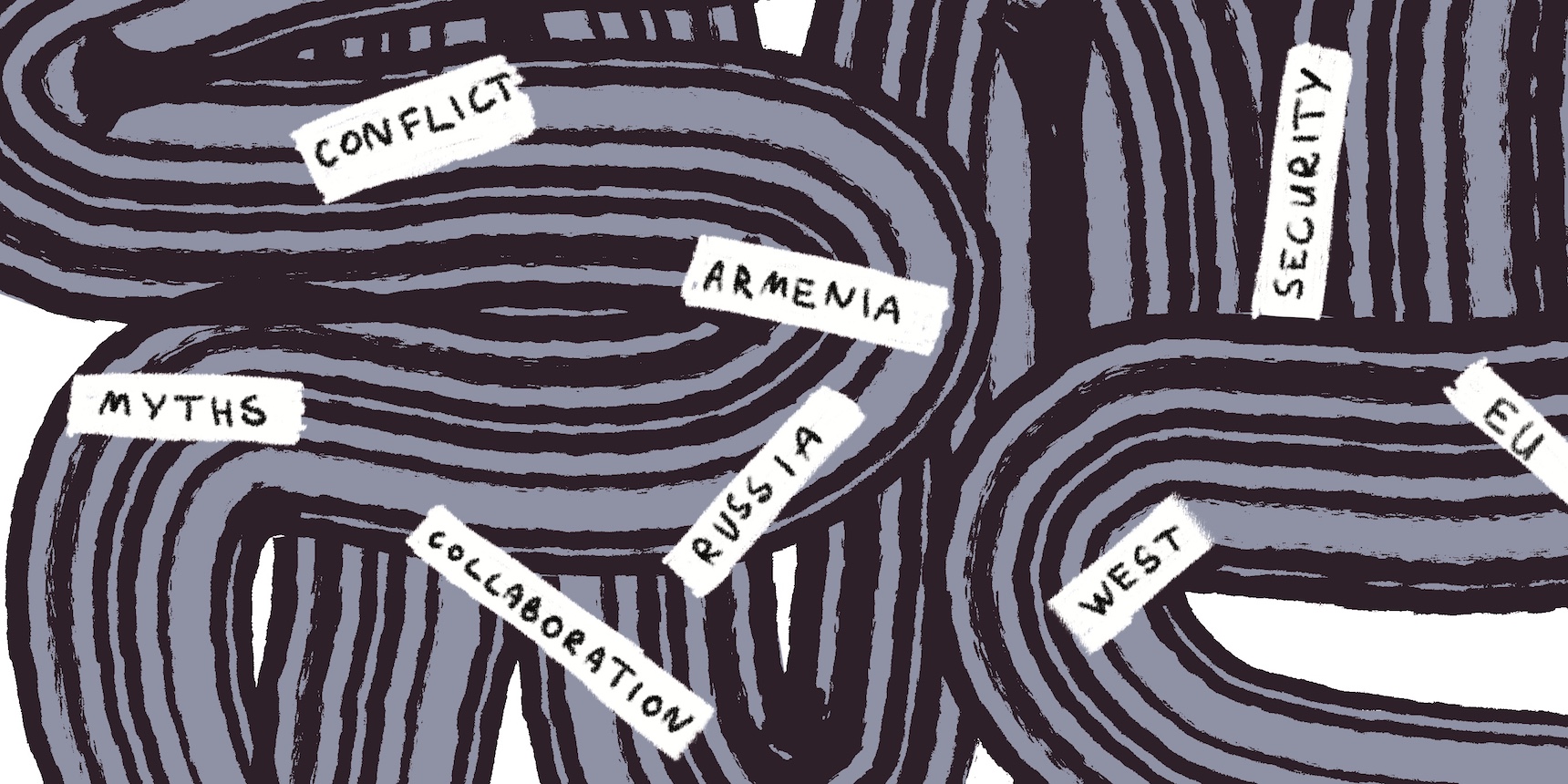
In the high-stakes world of energy policy, public perception is a currency as valuable as crude oil or natural gas. The discourse around energy—be it fossil fuels, renewables, or nuclear power—is rarely a simple, data-driven conversation. Instead, it is a complex battlefield of public relations, where competing interests vie for public support, regulatory favor, and political influence. To truly understand the forces shaping our energy future, one must deconstruct the public relations of energy lobbying firms, moving past the polished sound bites and compelling advertisements to reveal the sophisticated strategies at play. This isn’t about villain zing any single sector, but rather about understanding how narratives are built, messages are framed, and public opinion is carefully molded to serve specific agendas.
The public relations campaigns of energy sectors operate on a grand scale, utilizing a multi-pronged approach that targets a diverse range of stakeholders, from policymakers and investors to everyday consumers and environmental activists. At the heart of these campaigns is a powerful narrative—one that seeks to define the industry’s role in society, frame its challenges, and position it as an essential partner in progress.
The Art of Framing: Defining the Debate
A key strategy in energy lobbying public relations is the art of framing. Before a policy is even debated, the public relations machine works to establish a framework through which that policy will be understood. For fossil fuel companies, this often involves framing their industry as a cornerstone of economic stability and national security. Advertisements showcase their role in powering homes, creating jobs, and ensuring a stable energy supply, often connecting these contributions to a sense of national pride and prosperity. The narrative is one of reliability and indispensable necessity, positioning any shift away from their products as a threat to a way of life.
Conversely, the public relations of the renewable energy sector often frames its mission in terms of innovation, sustainability, and a clean future. Campaigns highlight the promise of a healthier planet, the creation of green jobs, and the technological advancements that will lead to energy independence. This narrative is one of hope and progress, positioning renewables as the inevitable and morally superior path forward. Each side seeks to dominate the narrative, ensuring that any public discussion starts on their terms.
The Allure of Strategic Partnerships
Another crucial component of energy lobbying public relations is the formation of strategic partnerships. These alliances lend credibility, broaden a message’s reach, and demonstrate a commitment to social responsibility that goes beyond profit motives.
Energy companies, for example, often partner with local community groups, educational institutions, and charitable organizations. They may fund STEM education programs, sponsor local sports teams, or contribute to conservation efforts. These actions, widely publicized through public relations channels, create a positive brand image and build goodwill within communities. When these companies later lobby for a pipeline project or a new drilling permit, they can point to their history of community involvement, arguing that they are a trusted, responsible corporate citizen. This strategy effectively softens the opposition and makes it more difficult for critics to paint them as a purely self-interested entity.
Harnessing Digital Media and Grassroots Advocacy
Today, social media, targeted digital advertising, and online content are powerful tools for shaping public opinion. Energy companies use digital platforms to share stories of their employees, showcase technological innovations, and directly address consumer concerns in a personalized, accessible way. They create content that is shareable and visually appealing, often focusing on human interest stories that connect with a broader audience. At the same time, they employ sophisticated digital advertising to target specific demographics with tailored messages. This allows for a more nuanced and pervasive influence than was possible in the past.
Conclusion: The Critical Role of a Discerning Public
Understanding the public relations of energy lobbying is not just an academic exercise; it is a critical skill for any citizen. In an age where major decisions about our environment, economy, and national security are being shaped by these powerful campaigns, a discerning public is the best defense against manipulation.

